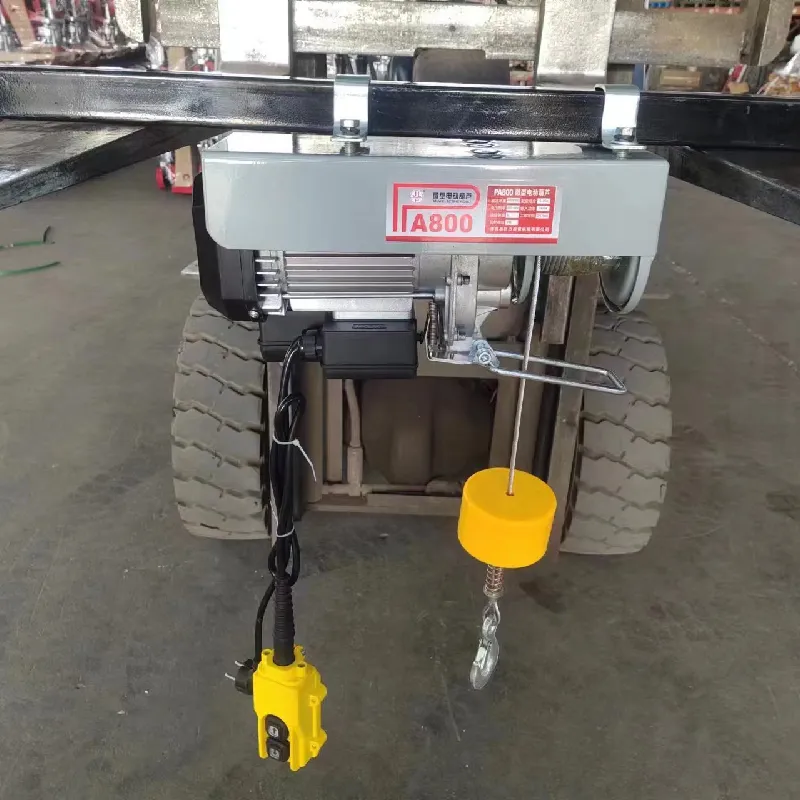


Safety Equipment for Working at Heights Ensuring Safety in Elevated Conditions
Working at heights is an essential task in various industries, such as construction, maintenance, and warehousing. However, it also poses significant risks to employees, making the need for proper safety equipment paramount. The necessity of using the right gear cannot be overstated, as it helps prevent accidents, injuries, and fatalities. This article will explore the essential safety equipment required for working at heights and its significance in maintaining a secure working environment.
Personal Protective Equipment (PPE)
The foundation of any safety protocol when working at heights lies in Personal Protective Equipment (PPE). The primary components of PPE for elevated work include helmets, harnesses, and appropriate footwear.
1. Helmets Hard hats are crucial, as they protect against falling objects and bumps. A properly fitted helmet is the first line of defense against head injuries, ensuring workers are less susceptible to accidents.
2. Safety Harnesses A body harness is indispensable for securing workers when they are at risk of falling. These harnesses must be correctly fitted and attached to a reliable anchorage point. Workers should be trained to don the harness properly and understand how it operates to ensure maximum safety.
3. Footwear Slip-resistant boots with ankle support can significantly reduce the risk of slips, trips, and falls. Proper footwear enhances grip on ladders, scaffolding, and other elevated surfaces, contributing to overall workplace safety.
Fall Protection Systems
Fall protection systems are critical components of safety when working at heights. These systems include guardrails, safety nets, and personal fall arrest systems (PFAS).
1. Guardrails Installing guardrails around elevated platforms, scaffolds, and rooftops creates a physical barrier that prevents falls. Guardrails must be sturdy and at the appropriate height to provide effective protection.

2. Safety Nets In scenarios where guardrails are impractical, safety nets can catch workers in the event of a fall. These nets must meet specific safety standards to ensure they are capable of absorbing the energy of a falling worker.
3. Personal Fall Arrest Systems (PFAS) PFAS combines a body harness, lanyard, and anchorage point to arrest a fall. It is essential that workers are trained in using PFAS and regularly inspect the equipment to ensure its integrity and reliability.
Ladders and Scaffolding
Proper use of ladders and scaffolding is crucial for safe working at heights. Workers must be trained in selecting the right ladder for the task and checking its stability. Additionally, scaffolding should be erected correctly and inspected regularly to prevent collapse and ensure safety.
1. Ladders Choose suitable ladders made from sturdy materials. Ensure they are positioned on stable ground, and avoid overreaching while on the ladder. The three-point rule—maintaining two hands and one foot, or two feet and one hand in contact with the ladder—should always be followed.
2. Scaffolding Scaffolding should be constructed using high-quality materials and erected by trained professionals. Regular inspections are necessary to maintain the integrity of the scaffolding throughout its use.
Training and Education
While having the right safety equipment is vital, worker training and education play an equally critical role in preventing accidents. Employers should conduct regular training sessions on the proper use of safety equipment and emergency response protocols. A well-informed workforce is better equipped to recognize hazards and implement safety measures.
Conclusion
Working at heights presents significant risks, but proper safety equipment and training can significantly mitigate these dangers. By utilizing Personal Protective Equipment, fall protection systems, and ensuring the safe use of ladders and scaffolding, employers can create a safer working environment. Prioritizing safety not only protects workers but also fosters a culture of care and responsibility within the workplace. Investing in safety is ultimately an investment in the health and well-being of all employees.



